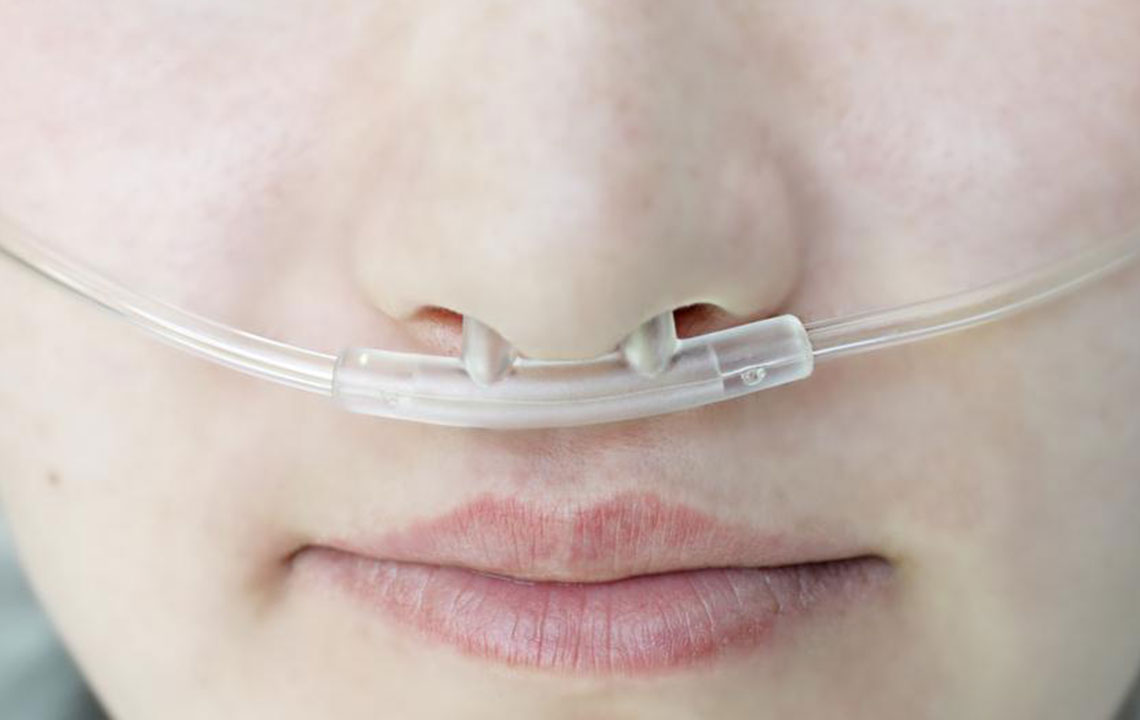Understanding Pulmonary Fibrosis: Essential Facts You Should Know
Discover essential insights into pulmonary fibrosis, a serious lung disease causing scarring and breathing difficulties. Learn about causes, symptoms, prevalence, and management options to better understand this complex condition and improve quality of life through early detection and ongoing care.

Pulmonary fibrosis is a severe lung condition characterized by the development of scar tissue within the lungs. The term "pulmonary" refers to the lungs, while "fibrosis" indicates tissue scarring. This disease causes thickening and stiffening of the tiny air sacs in the lungs, impairing lung function and reducing oxygen transfer into the bloodstream. Often progressing silently without noticeable symptoms, pulmonary fibrosis can lead to breathing difficulties and fatigue. Early detection and ongoing medical management are vital to improve quality of life and slow disease progression. Learn the key facts about this complex condition below.
What is pulmonary fibrosis?
It involves the thickening and scarring of the lung's air sac walls, reducing lung elasticity. This results in difficulty expanding the lungs during inhalation, making breathing laborious and increasing energy requirements, which causes shortness of breath and fatigue.
What causes pulmonary fibrosis?
Causes include exposure to harmful substances like silica, coal dust, and asbestos, as well as certain medications and underlying autoimmune diseases. Some cases are idiopathic, meaning the cause remains unknown. Genetics may also play a role.
Symptoms to watch for
Common signs include persistent dry cough, shortness of breath, fatigue, and reduced capacity for physical activity. The symptoms may develop slowly over years or progress rapidly, so early medical consultation is essential to manage the disease effectively.
How common is it?
Pulmonary fibrosis affects around 50,000 individuals annually, primarily those over age 50 and more frequently men. Idiopathic pulmonary fibrosis accounts for a significant portion of cases, with approximately 132,000 living with the condition nationwide.
Are treatments available?
While there is currently no cure to reverse lung scarring, treatments aim to alleviate symptoms and improve quality of life. Clinical trials are ongoing for new therapies. Regular consultation with healthcare providers is crucial to monitor symptoms and adapt management plans. Early intervention can help slow progression and preserve lung function.
It is vital to report any worsening symptoms immediately and stay informed on new treatment options. Although pulmonary fibrosis is a challenging condition, proper medical care and lifestyle adjustments can significantly aid patients in maintaining their health and independence.










